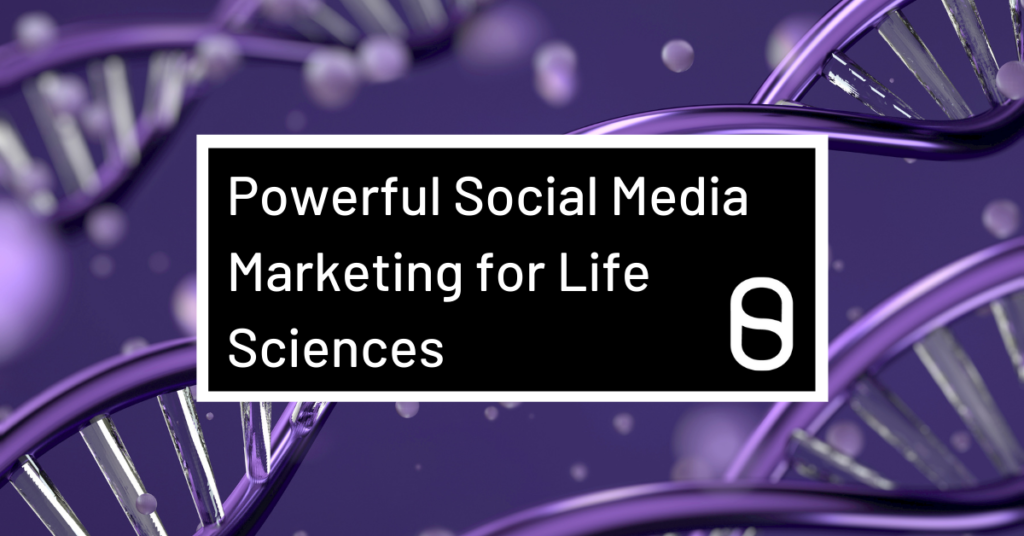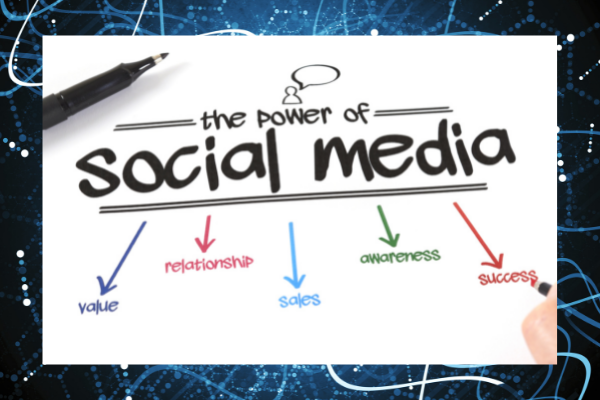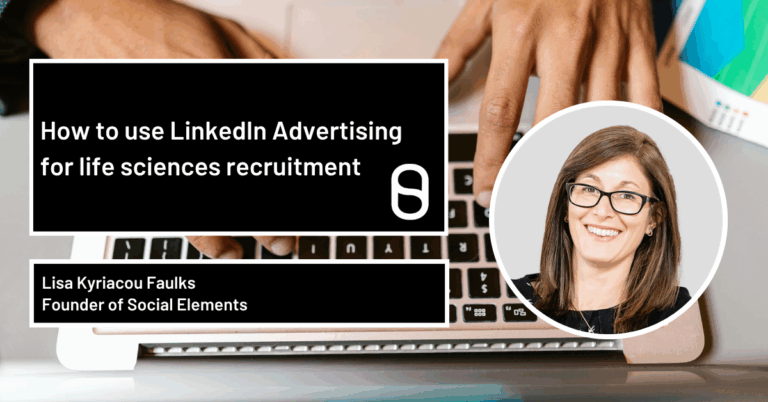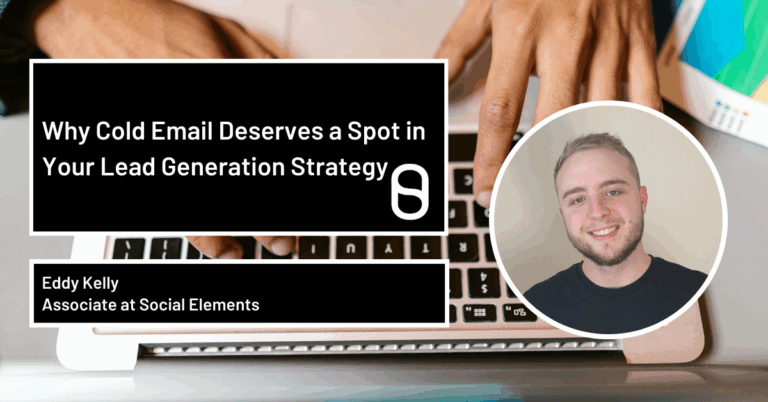Like it or not social media has become an integral part of the lives of patients, caregivers, health care professionals and payers. Social media marketing for the life sciences can benefit companies working within this space because it can help them to gain greater, more consistent, online visibility which can ultimately lead to funding opportunities, growth and development.
Social media is also an excellent resource for feedback about brands from patients, consumers and health care professionals (HCPs) As such, there is tremendous opportunity to utilize social media for market research and insights. Of course, during the Covid-19 pandemic, we have seen an increased use of social media as events, meetings, clinical trials and patient appointments all move online. It is likely that some of these changes are not temporary.
Social media is an ever-changing industry. There are frequent platform updates and it’s important to stay up to date with these new developments. They may, and often do, impact on a client’s social media marketing campaigns. Social Elements mitigate any risk of this happening by keeping abreast of all new challenges and changes, something your in-house marketing teams or indeed you yourself just often don’t have the resource to manage.
We have observed that social media marketing within the life sciences sector is often a last-minute ill-thought-out part of the wider marketing strategy indeed we’ve often been told that “our interns manage that” or “it doesn’t really do much for us.” We feel that this is because pharma is a highly regulated industry and as such this industry is a bit behind the times in terms of digital marketing.
We believe that companies are only just starting to see and reap the benefits of social media marketing. We’ve found that the top areas of concern for people about to embark on concerted social media marketing are:
Lack of a social strategy
Many companies tell us that their social media marketing is an afterthought and a secondary part of the overall marketing plan.
Before sharing content, we always recommend that we put in place a customised and segmented social media strategy. Most life science companies want to reach and target a fairly broad audience that includes patients, caregivers, health care professionals, investors and payers.
A strategy will clearly define the various audience personas, include a review of competitor and influencer activity and contain a content posting plan.
It, therefore, becomes a framework for the social media activity and will maximise any goals that need to be reached.
Regulatory challenges
Within the UK, social media marketing for medicinal or diagnostic products are governed by the regulations laid out by the MHRA. A key part of any social media strategy is to implement social media engagement and this is where companies and compliance departments often get the most nervous.
We always recommend having clearly documented engagement strategies as well as content approval and escalation procedures in place and this should be approved by the company.
We have found that an audience is more likely to engage on platforms where there is more control such as a corporate Facebook or LinkedIn page.
HCPs are also notoriously slow to engage on social media because of this it’s also important to have an adequate social listening process in place to capture any mentions of your organisation or company.
Targeted social listening projects can reveal valuable awareness into the competitive landscape, brand health, prescribing trends, adherence barriers, pre-and post-launch analysis, etc.
The ability to measure ROI
The topmost concern of most businesses is the ability to measure ROI from any social media activity. In our daily work we are tasked with quantifying the value and showcasing success against investment.
This is no mean feat organically but we achieve this by weekly measuring and recording of performance analytics and interpret that data in a quarterly report so clients can stay abreast of their social media and understand that we will reflect and refine upon the data.
Of course, measuring ROI using paid social advertising is much more straightforward. You have the ability to see on a more granular level that campaign x generated x number of leads and therefore obtained a ROI of x times the value you invested.
After recent analysis of a client’s Facebook advertising campaign that was targeted at awareness in a patient population, we found that it achieved more than 150k views of the advert, with a click-through rate of 4% (benchmark is 1%) and a cost per click of 10p which is very cost-effective indeed.
Overall, we have found the benefit of Social Elements to our clients is that they appreciate having someone who is an expert both in social media marketing and pharmaceutical drug development take over the reins. They often report back to us that they have noticed an increased consistent presence and that their clients and contacts are noticing too.
“When Social Elements joined the team, I was looking for someone who could understand the science behind our technology, make an instant and effective contribution to helping accelerate our strategy with sound tactical interventions and they filled the brief exactly.”
If you’re interested in finding out more about social media marketing for the life sciences and working with Social Elements, we’d love to hear from you. Get in touch to arrange a free discovery call.
Click on the link here.





